Like a band follows its conductor for perfect harmony, your engine relies on the crankshaft position sensor for precise timing. Miss a single beat, and the whole performance might just fall apart.
What is a Crankshaft Position Sensor and What Does it Do?
The crankshaft position sensor (CKP) tracks the position and speed of the crankshaft, sending crucial data to ensure accurate fuel injection, ignition timing, and overall engine performance. Keeping everything in harmonious sync allows for optimal efficiency, power delivery, and drivability.
That’s why today, we’re breaking down the warning signs—so your car stays in sync, your wallet stays safe, and your mechanic isn’t the only one enjoying the noise. — Here’s what to keep in mind!

Where is the Crankshaft Position Sensor Located?
Typically mounted near vital engine components, the CKP sensor monitors rotation from the crankshaft, flywheel, main pulley, or camshaft. Although its placement varies by vehicle make and model, it tends to be strategically positioned to read the rotation of a toothed reluctor or trigger wheel.
Since it operates in a high-heat, high-vibration environment, it’s often secured near the engine block or transmission bell housing, where it can precisely monitor crankshaft movement. Some vehicles have magnetic or Hall-effect sensors, while others use optical sensors to detect motion.
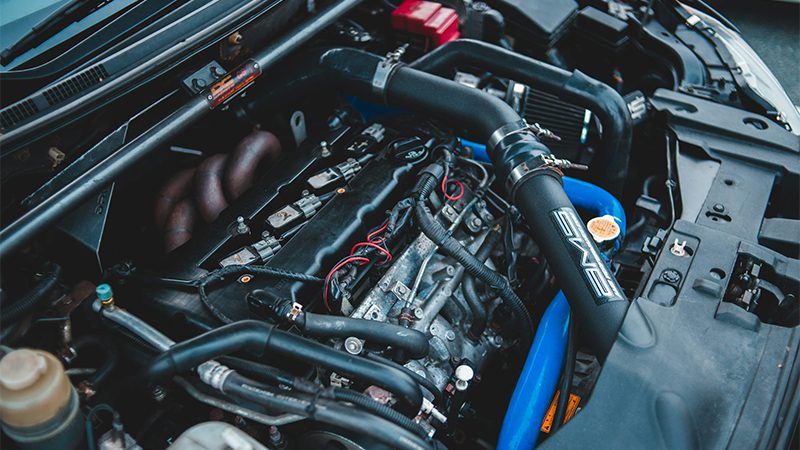
Common Symptoms of a Bad Crankshaft Position Sensor
- Check Engine Light – If the crankshaft position sensor malfunctions, it may fail to relay crucial data to the engine control module. The check engine light is often the first sign of trouble, so if it illuminates, check for other symptoms to confirm the suspicions.
- Trouble Starting the Engine – If the engine doesn’t receive correct ECU signals, it may fail to run properly which is usually a telltale that the crankshaft sensor might be the problem.
- Rough Running – Even if the engine manages to start, it could suffer from rough idling/increased vibrations since it isn’t receiving consistent timing signals.
- Decreased Fuel Efficiency—A faulty crankshaft sensor can send incorrect fuel injection timing signals, which can cause your vehicle to consume more fuel.
- Engine Stalling or Misfiring – An intermittent or consistently failing crank sensor can cause the engine to stall unexpectedly or misfire under load.
- Reduced Acceleration – As mentioned already, a faulty crankshaft sensor typically sends incorrect signals to the engine computer which also leads to performance issues.
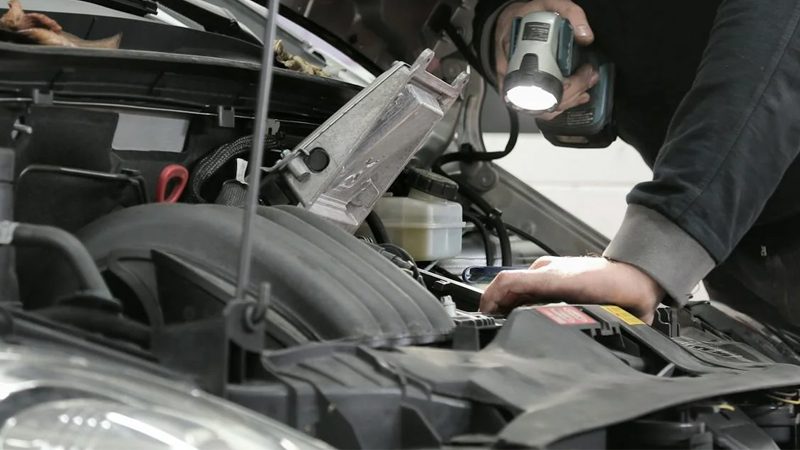
Common Causes of Crankshaft Position Sensor Problems
Now that we’ve covered the worst crankshaft position sensor symptoms, let’s look at what’s actually causing them.
- Extreme Temperature – The crank sensor is placed in a plastic housing near hot components which can melt or crack under stress.
- Electrical Problems – Faulty wiring, short circuits, or voltage irregularities can also disrupt the sensor’s signal, causing it to malfunction.
- Corrosion – If the housing becomes cracked or the seals are worn out, moisture and contaminants can cause corrosion on the sensor or its connectors, leading to poor conductivity.
- Excessive Vibration – Increased levels of engine vibrations can occur and loosen or damage the sensor.
- Oil and Debris Contamination – Leaks or accumulated debris on top of the sensor can interfere with the sensor’s operation, reducing its accuracy and causing it to fail.
- Physical Damage – Accidental impact during engine repairs or debris hitting the sensor can cause cracks or dislodge it.
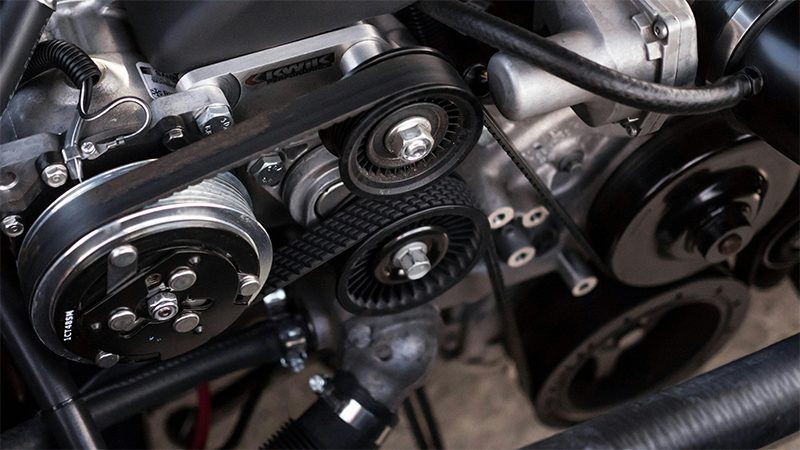
Step-by-Step Guide: How to Diagnose a Faulty Crankshaft Position Sensor
Step 1: Look For Bad Crankshaft Position Sensor Symptoms
Revisit all symptoms to see if your vehicle exhibits them. This helps pinpoint the issue and determine if the crankshaft position sensor is truly at fault, further action should be taken.
Step 2: Use a Scan Tool to Check for DCT Codes
One of the fastest and most effective methods to identify a crankshaft sensor issue is by using an OBD-II scanner, which connects directly to your vehicle’s diagnostic port.
Once you do, scan for any codes related to a faulty crankshaft sensor, its position, and symptoms—especially codes like P0335 through P0339, as these are commonly present.
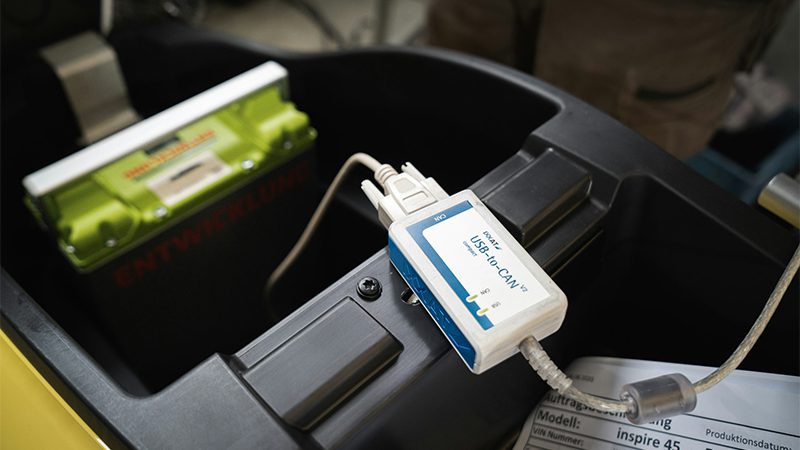
Step 3: Perform a Voltage and Resistance Test
Once you disconnect your OBD-II scanner, now it’s time to inspect the malfunctioning sensor physically. Using a multimeter, be sure to check the voltage and resistance of the malfunctioning sensor to make sure they match the manufacturer’s specifications for your engine make and model.
If the readings from faulty sensors are incorrect or inconsistent, chances are the sensor may not be providing accurate data to the car’s engine control module.
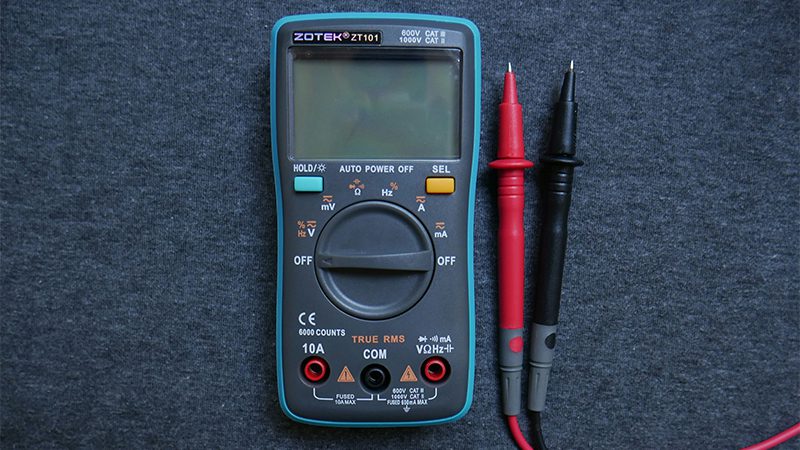
Step 4: Inspect the Crankshaft Position Sensor and Wiring
One easy step to do is to locate the crank sensor housing and simply take a look. Since problems with the crank sensor such as these can be caused by water or gas ingress, extreme heat, or dirt and dust on a bad crank sensor, you should be able to notice these.
While at it, you should also check the wires and the computer terminals for any signs of corrosion, physical damage, or loose connections.
Step 5: Consult a Repair Manual for Vehicle-Specific Components
Not all cars are made the same, and many manufacturers follow a different set of rules when it comes to positioning, designing, and properly utilizing the CKP sensor. This is why reading the vehicle and owner’s/repair manual is crucial.
Some modern cars require an oscilloscope system to do correct readings while others require specific CKP sensor alignment and camshaft procedures to operate. With that in mind, don’t forget to educate yourself on the specifics of your vehicle.
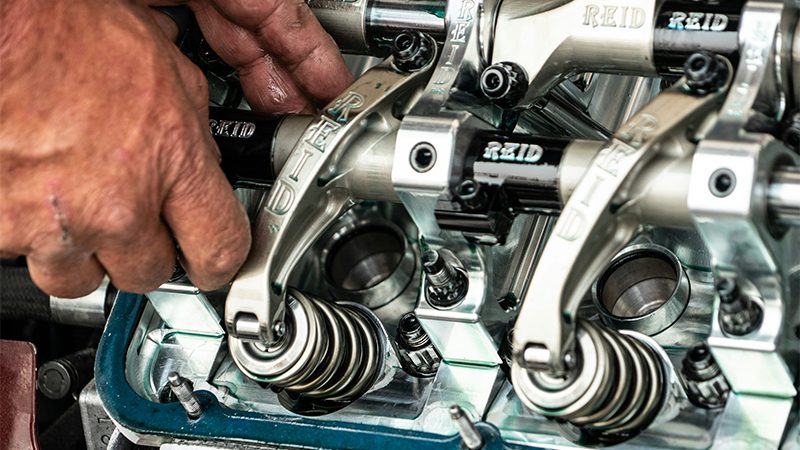
Step 6: Confirm the Diagnosis and Replace the Crankshaft Sensor
Once you’ve completed all the steps above, it’s time to count your chickens and reach a conclusion. If the CKP sensor is indeed the issue, the tests and inspections should have provided clear confirmation, allowing you to move forward with confidence in your diagnosis.
The Importance of Accurate Crankshaft Sensor Diagnostics
Before replacing the crankshaft position sensor, it’s a good idea to rule out other potential causes. The issue could be a faulty sensor, a bad connection, damaged wiring, or another engine component.
If testing confirms that the crank position sensor is indeed the problem, install a new one and use a scan tool to clear any stored trouble codes.
After the replacement of the new sensor, start the engine. If it still fails to start, runs rough, or misfires, troubleshooting further. In such cases, inspecting the new sensor’s signal or consulting a professional mechanic can help identify deeper issues.
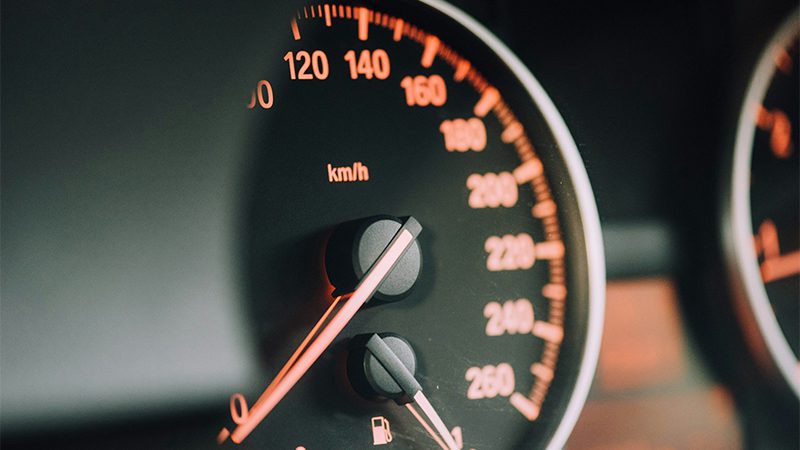
Can I Replace a Crank Sensor Myself?
Replacing a bad crankshaft position sensor is simple and usually requires only common tools. However, you should consult a manual to avoid oversights. Before the installation, also double-check the sensor’s compatibility with your vehicle to prevent compatibility issues.
Read instructions carefully and dispose of the old sensor correctly. Once the new crankshaft position sensor is properly installed, it should prevent further damage and restore full engine performance.

Why is Crankshaft Position Sensor Maintenance Important?
- Scheduled Maintenance – Regularly following pre-scheduled maintenance reduces the risk of bad sensor failure and other engine issues.
- Keep the Engine Clean & Avoid High Temperatures – Removing dirt, fluids, and debris minimizes sensor damage. Temperatures can degrade the sensor’s plastic housing, so be mindful of aggressive driving.
- Prevent Electrical Issues & Inspect Wiring – Faulty wiring and voltage irregularities can disrupt the sensor’s function. Regularly check for frayed wires, loose connections, or corrosion.
- Consider Preventative Replacement & Monitor Engine – Replacing the sensor as part of maintenance can prevent failures, especially if such crank sensor symptoms appear.
- Wrong Oil/Coolant Levels & Use Quality Parts – Leaks can cause sensor failure, while low coolant levels can lead to overheating. When replacing the sensor, opt for OEM or high-quality aftermarket parts—this is where we come in.
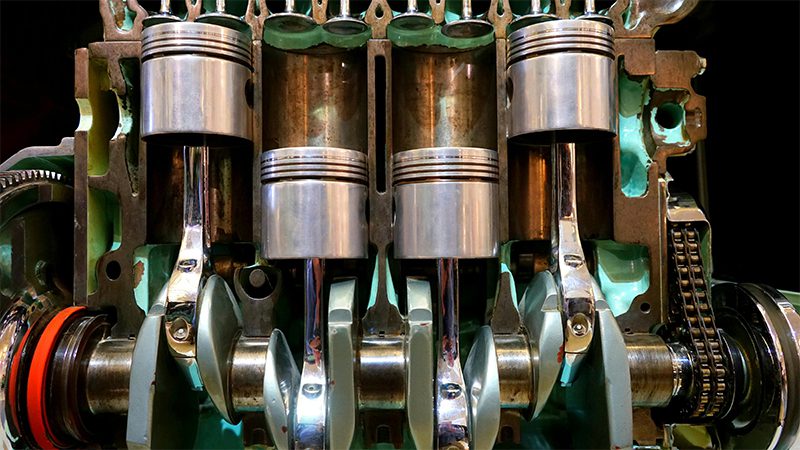
The Consequences of a Faulty Crankshaft Position Sensor
As we all know by now, the engine is one of, if not the most important component of any car which is why ignoring a bad crankshaft position sensor can lead to serious consequences for your vehicle.
If misfiring, stalling, poor fuel efficiency, and engine output aren’t addressed, they can damage critical engine parts, leading to power loss or much more serious issues.
Once everything adds up, it could potentially lead to engine system failure, even though a faulty crank position sensor or crankshaft sensor alone isn’t usually the direct cause.
DIY vs. Professional Crankshaft Position Sensor Replacement: Which is Best and Why?
| Option | Pros | Cons | Best For |
|---|---|---|---|
| Professional Help | Saves time Reduces the risk of misdiagnosis | More expensive May require an appointment | Persistent problems Lack of DIY experience |
| DIY | Cost Effective Rewarding Relatively Simple | Requires Tools Requires Knowledge Can Cause Problems | Experienced DIYers with the necessary tools |
FAQs
1. What happens when a crankshaft sensor is bad?
When a crankshaft position sensor fails, your engine’s computer can’t accurately track the crankshaft’s position. This leads to:
- Engine misfires or stalling
- Hard starting or no-start conditions
- Erratic RPM readings
In some cases, your engine may go into limp mode or shut down entirely to prevent damage.
2. What are the common symptoms of a bad crankshaft position sensor?
Typical signs include:
- Intermittent stalling or hesitation
- Difficulty starting the engine
- Check Engine Light (CEL) turning on
- Poor acceleration or rough idling
A diagnostic trouble code (such as P0335) often appears when scanned with an OBD-II reader.
3. Can I drive with a bad crankshaft position sensor?
While the car may run briefly with a failing sensor, it’s not safe to drive long-term. You risk:
- Unexpected engine shutoff
- Inconsistent power delivery
- Further damage to ignition or fuel systems
It’s best to have it inspected and replaced promptly to avoid breakdowns or engine damage.
4. How much does it cost to repair a crankshaft position sensor?
Repair costs typically range from:
- $100 to $300 total, depending on the vehicle make and labor rates
Parts usually cost between $40–$120, while labor adds another $60–$150. Luxury vehicles or difficult-to-reach sensors may cost more.
5. Can I replace the crankshaft sensor myself?
Yes, many crankshaft sensors are accessible and can be replaced with basic tools. The general steps are:
- Disconnect the battery
- Locate the faulty sensor (usually near the crankshaft pulley or transmission bell housing)
- Remove the old sensor and install the new one
Always refer to your vehicle’s service manual for the exact location and installation procedure.
Closing Thoughts on Crankshaft Position Sensor Issues
A failing crankshaft position sensor can disrupt your engine’s performance, leading to misfires, stalling, and underwhelming grunt. Regular pre-scheduled maintenance and early detection are key to preventing costly repairs down the line.
Whether you choose a DIY fix or professional help, addressing the issue ensures smooth operation and extends your engine’s lifespan. Whatever you go for, make sure to always stay proactive, and your car will thank you with reliable performance for many years to come.
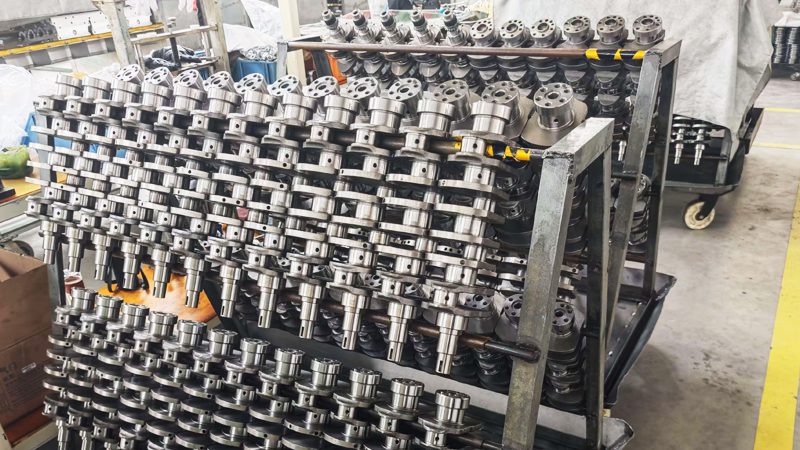
However, when you need high-quality engine parts, Nanjing Woda Auto Technology Co., Ltd. has you covered. With over 25 years of industry experience, we provide engine, ignition, electrical, suspension, exhaust, and many other components at market-leading prices.
We supply 100,000+ products to over 100 countries, earning trust through strict quality control, reliable service, and on-time delivery. At Woda, we believe in growing together. Explore our range and check out our blogs for more on critical engine components and why every driver should know about them!





